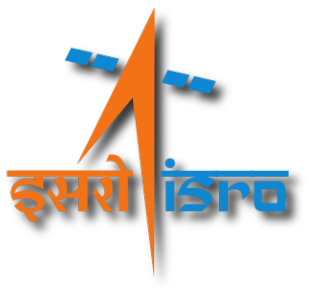The Indian Space Agency has had some minor setbacks in the deployment of the most recent navigational satellite in the Indian Regional Navigational Satellite System (IRNSS) constellation. Originally set to launch on Monday, March 9, the satellite was discovered to have a malfunction on March 4 and the launch had to be delayed. As of the time of writing, the Indian Space Research Organization (ISRO) said that it was attempting to determine how to best correct the error “with minimum effort” so that launch could be commenced.
Designed to give the country independence from Russian GLONASS, American GPS and European Galileo, the IRNSS is not going to be a global system, but rather a localized satellite system that will provide navigational and satellite support for all of India and an around around 1,500 km outside of the country. Japan has a similar program as well.
The Indian system will consist of seven satellites–three in a geostationary orbit and four in inclined geosynchronous orbit–and two ground stations that will interpret the signals. The first satellite for the IRNSS was launched in 2013, and there are currently three satellites in orbit. The full seven satellites are expected to be launched and operational by the end of this year.
The IRNSS is expected to be used for terrestrial, aerial and marine navigation, tracking, mapping, disaster management, emergency response, and with mobile phones for navigational purposes.
For more information on IRNSS, visit the website, or check out GPS World’s news section.

